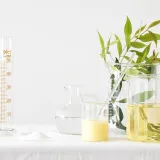

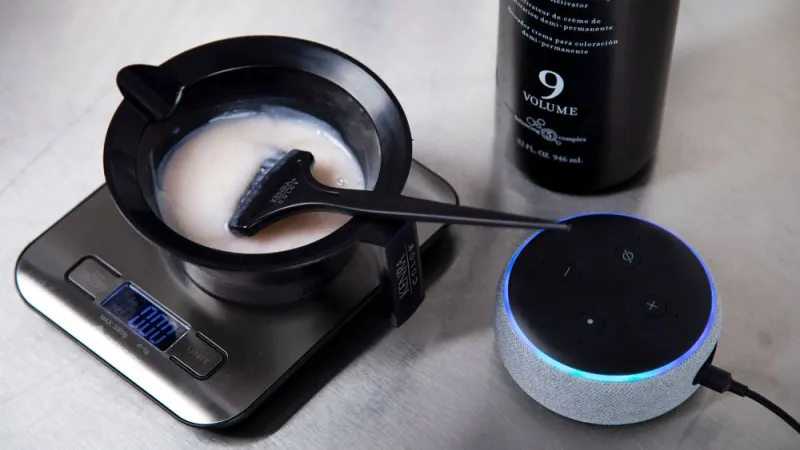
Beauty And The (Tech) Beast
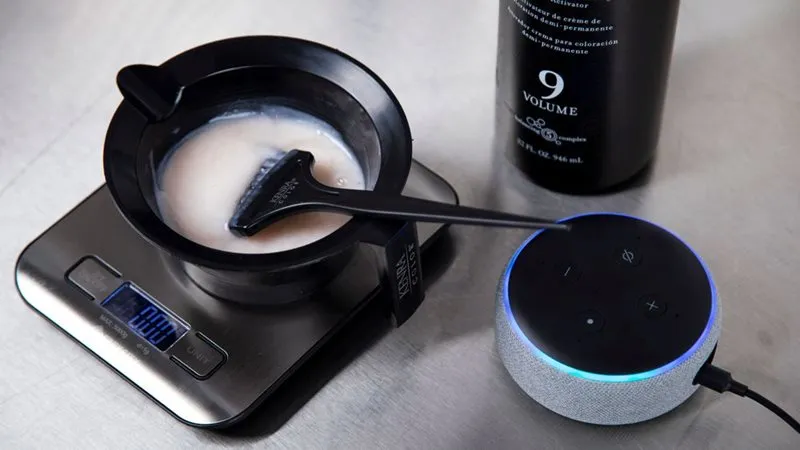
I’m a self-confessed beauty junkie. Whatever the latest thing is, cosmetics, skincare, haircare - I have an uncontrollable urge to try it! Seemingly, I’m not the only one, with the UK beauty industry worth around £5.7bn in 2018.
But, as a sector that is always striving to innovate, what role does technology play in this vast industry, and how are things panning out in today’s landscape?
Much like technology – the seemingly ever-changing beast - the beauty market is something that’s constantly evolving. New trends, new product technology, new ingredients all keep the market moving at pace, so how can advances in technology help, or hinder the purchasing decision of beauty minded consumers?
I decided to take a look at some of the latest beauty technology innovations and how some major leaders in the beauty market are utilising technology.
At home “try on” features
Amazon, never slow to experiment with new technology, have recently introduced a ‘try-on’ feature in some of their make-up listings. Whilst browsing for a new lipstick shade on their site, I was greeted with the option to try the colour on… virtually. By taking and uploading a picture of myself, I could try a number of lipstick shades from the comfort of my sofa (or office desk, as this was in the name of research)!
Although a good idea in theory, I found the actual user experience a bit clunky and distracting. Also, the shade that I had initially selected, didn’t look great on me, and actually put me off purchasing the product.
The likes of Specsavers have been using at home “try on” technology for a while now, but can the experience ever rival the experience of trying a product on in-store? With something as personal as a foundation or lipstick shade, my verdict would be nearly!... but not quite yet.
And it seems I’m not alone. For example, during our research into the future of beauty we found that, unsurprisingly, Generation Z were more likely than any other generation to research a product online. However, even these digital natives would prefer to visit a store to try or buy a product, more so than any other generation in fact. So, it seems this technology still has some work to do.
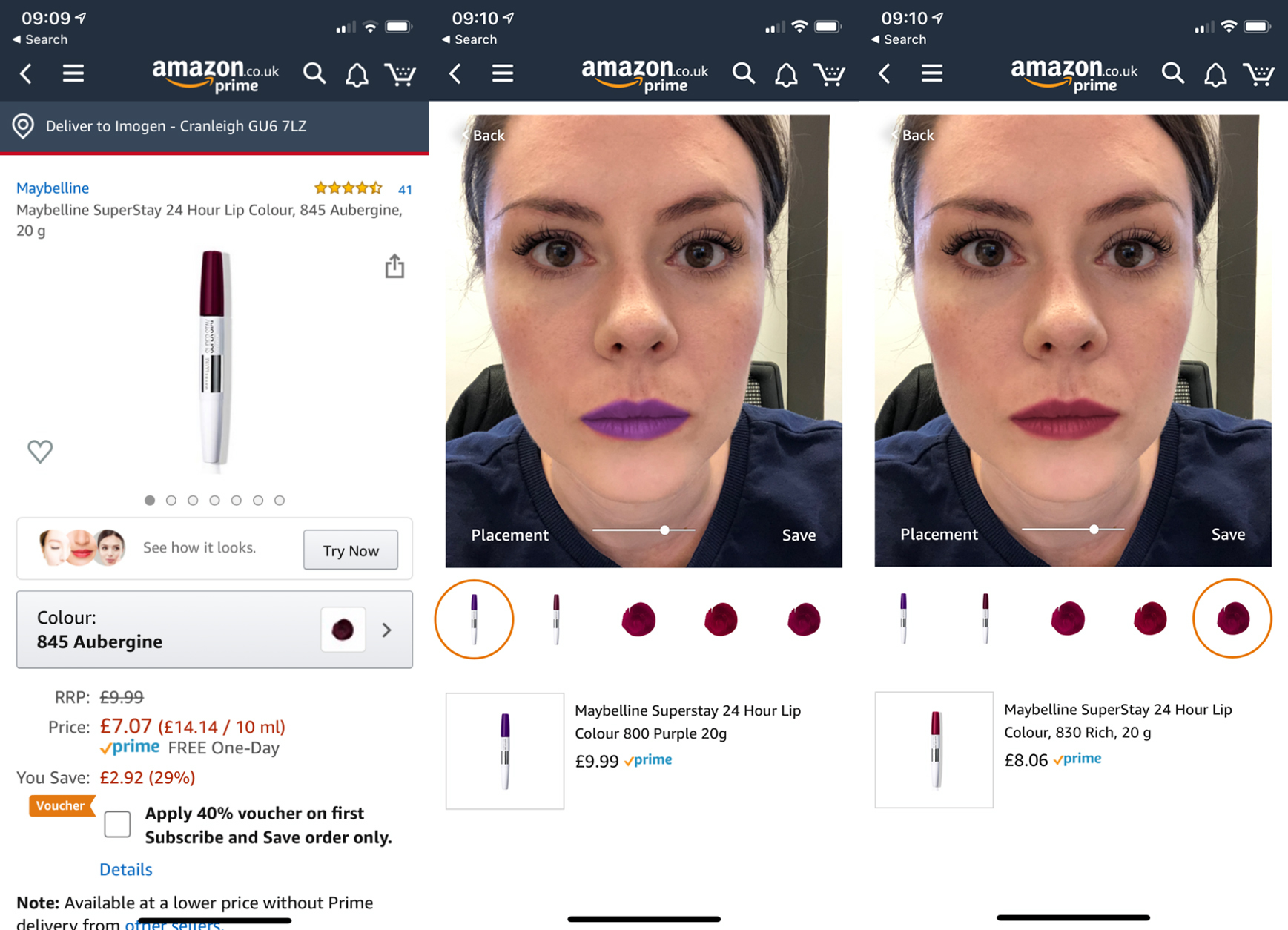
“No packaging” packaging
With the rise of conscious purchase decision making, the demand on cosmetic companies to up their environmental consciousness and packaging decisions has increased phenomenally in recent years, with consumers now much more demanding regarding the recyclability.
The increasing concerns about plastic waste has affected multiple industries, but perhaps the beauty industry more considerably than some. One company that has tried to tackle this head-on is Lush. Already known for their environmentally friendly ingredients, they recently trialled a package-less store, or as they called it, the “Naked Shop”.
Product inventor Alessandro Commisso explains what inspired the world’s first plastic-free cosmetics concept:
“When we look at the plastic waste produced by the global cosmetics industry, we know it is a problem, and we know that raising awareness is really important. But we can’t talk about ditching packaging until we have a solution - an alternative that is effective, good for skin, and good for the environment.”
So if none of the Lush products in the naked shop had any packaging, “how on earth do I know what I am buying?” I hear you cry… well, shoppers were encouraged to use their smart phones to scan over a product. This would give them more information about the product on their device; such as product name, usage instructions, ingredients etc. All possible through an AI recognition tool aptly named ‘Lush Lens’.
I think a package-less shop is a fantastic idea, but there are obviously some limitations – liquid based products for example… but encouraging consumers to be more focussed on their purchasing habits in the name of environmental impact is surely a win.
I think it will take a while for shoppers to get into the habit of bringing their own packaging to store to fill, but much like the supermarket plastic carrier bag charges, I think if the industry were firmer on the cost implications and the options available, consumers would eventually adopt new shopping practises.
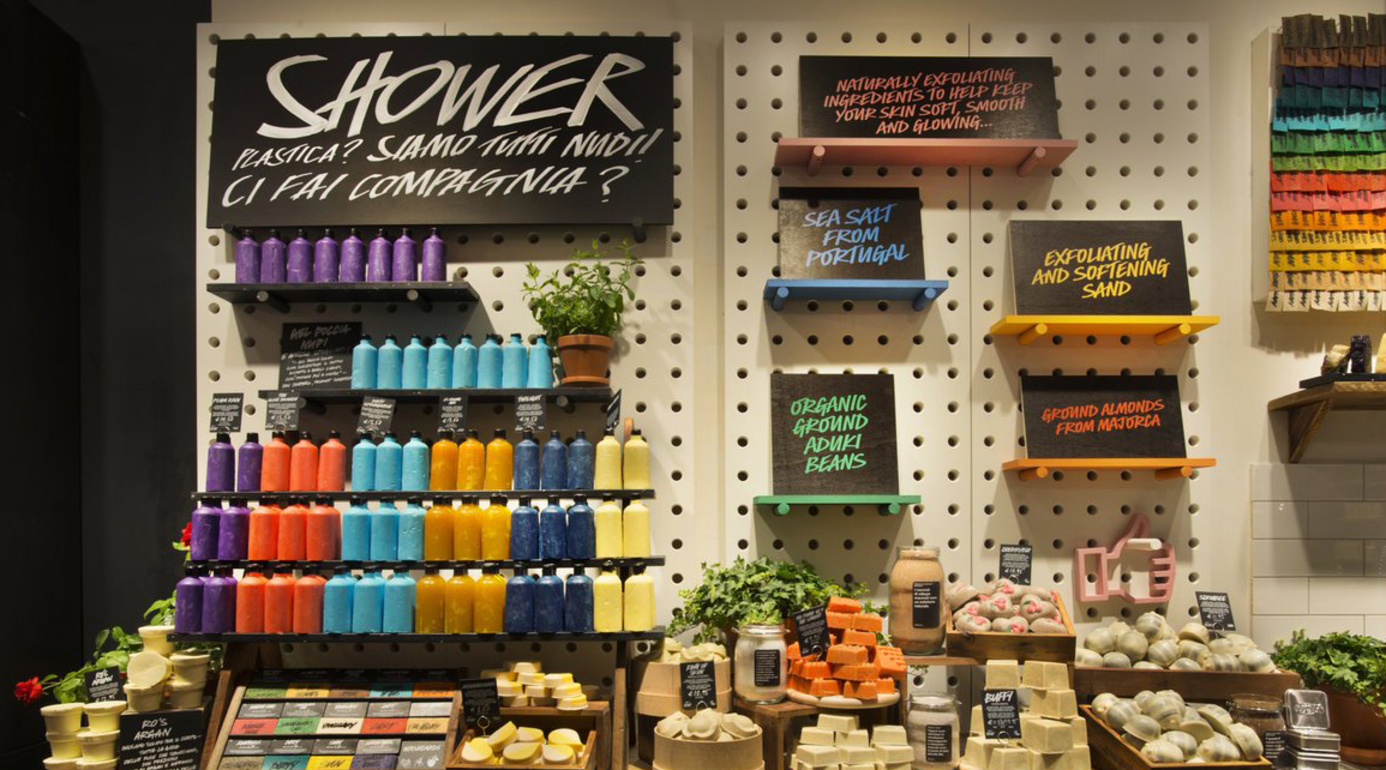
Hands Free Beauty
Some at-home beauty treatments require a hands-on approach, not least the messy, manual (and occasionally risky) task of dying your own hair.
in 2019, beauty giants Coty launched their first hair colour app for Google Assistant. The app allowed consumers to have the hair dying instructions read out to them during the at-home dying process, keeping their hands to free to do the job. No more grappling with the instructions with dye covered hands!
This simple, but effective use of voice technology is a great example of how brands can fairly easily utilise existing technology to their advantage.
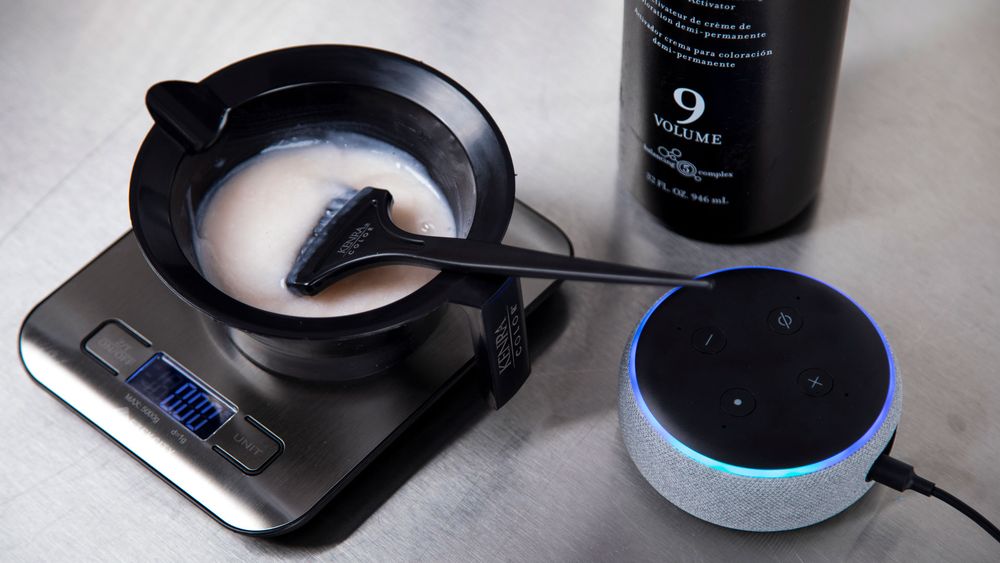
So, although perhaps the Amazon lipstick in question wasn’t the one for me, it seems the beauty industry will continue to innovate with technology as it looks to enhance the beauty consumer’s experience, whether that’s online, in-store or at home.
If you need help with your next technology challenge, we’d love to be involved so please drop us a line.
Posted 7 January 2020 by Imogen Farnan